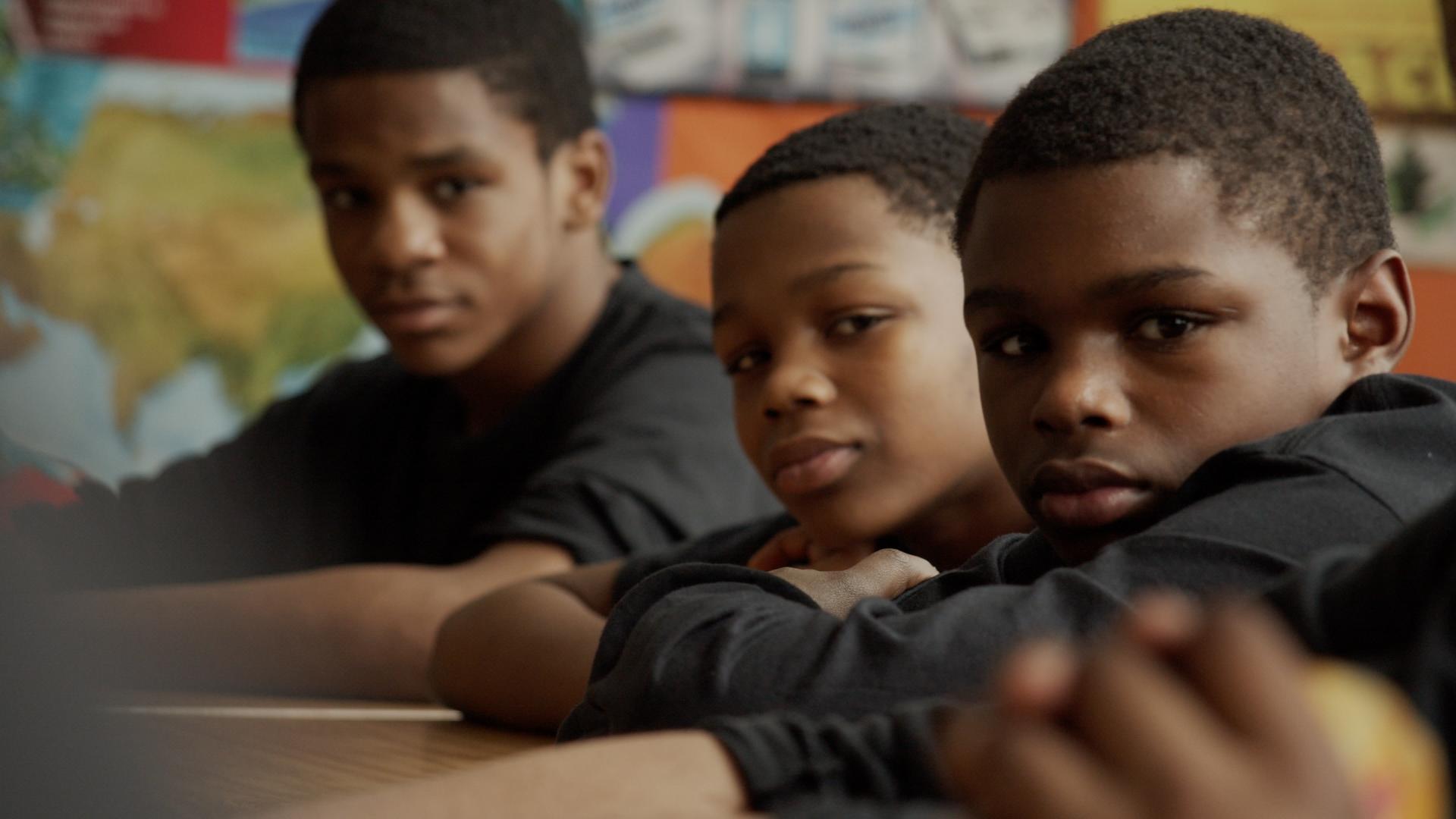In recent years, the Black Lives Matter movement has been problematic. But its core values aren’t.
Founded in 2013, the Black Lives Matter (BLM) movement is a “decentralized political and social movement that seeks to highlight racism, discrimination, and racial inequality experienced by Black people and to promote anti-racism. Police brutality, hate crimes against Black people, Black liberation, and criminal justice reform are among its chief areas of concern.
Critics have denounced BLM for spouting rhetoric that ignores the reality of underresourced marginalized groups, sidelining Black women’s experiences, funds mismanagement, and not emphasizing unsolved murders and missing persons cases in Black communities.
Some of the attacks on BLM are unfair and unfounded. It’s hypocritical to ask a single organization to redress the complex and multigenerational problems facing Black communities across the country. We must all do our part if we want the United States to live up to its most sacred founding documents.
Detroit residents are doing just that by using restorative practices.
Why Detroit?
Restorative practices is an emerging social science that has been credited with reducing crime, violence and bullying, improving human behavior, strengthening civil society, providing effective leadership, restoring relationships, and repairing harm.
A central premise of restorative practices is that people are happier and more likely to make positive changes when authority figures do things with them, rather than to them or for them.
Detroit is a fertile ground to become America’s first “Restorative City” because of its rich yet troubled history, population trends, diverse culture, location, and economic importance in the regional and national economies.
The city and its interconnected approaches to building social capital through restorative practices will be highlighted October 24-26 as part of an international conference, “Strengthening the Spirit of Community. The International Institute for Restorative Practices (IIRP) will sponsor the conference.
According to the latest U.S. Census figures, Detroit’s population is roughly 83 percent black. Blacks, whether in Detroit or elsewhere in the United States, have had a long and painful history as a population to whom things have been done, not necessarily for or with.
Restorative practices, then, can give blacks in Detroit tools for greater social, political, and economic agency. These tools can be used to shift internal attitudes that limit growth and remove external barriers that limit full and free participation in the larger community and in some cases threaten black lives.
Below are three examples of how I think restorative practices can and are saving black lives in Detroit.
Restorative Practices Hit the Streets
The Community-Police Summit in Detroit’s Fifth Precinct was not what I expected.
I anticipated witnessing grieving mothers pound on the chests of police officers demanding justice for their dead sons. What I got was a local pastor complaining about a speeding ticket.
The day-long meeting sought to bring together local police officers with citizens so that each side could understand the other and together devise solutions to create a safer, more respectful community.
Through a series of interconnected role-play exercises and conversations, residents learned more about the dangers police officers face every day while officers realized how the community perceived them.
One of the most illuminating moments came when a veteran black police officer, who was reviled by many of the community members attending the summit for his brusque and by-the-book manner, revealed that his insistence on keeping his word and following procedure saved a woman and her children from being murdered and burned in the house where they lived by her boyfriend, who had a history of domestic violence.
Restorative events like the Community-Police Summit can literally save black lives. When police and the community they serve recognize they are on the same side and have healthy, effective tools to mitigate conflict, it reduces the likelihood that the first response to a situation will be a deadly one.
The second example happened during a meeting among educators, community leaders, parents, and a student representative at Frederick Douglass Academy for Young Men, the only all-male public school in Michigan.
During a conversation about student-led initiatives to raise awareness about sexual health and reduce violence in the community, the student representative thanked the group for teaching him restorative practices like affective statements and questions. These practices allow participants to talk about their feelings, clarify boundaries, provide feedback, and build empathy.
Such practices, the young man said, helped him to pause in escalating situations and have the potential to reduce aggression and violence in his community.
Research consistently shows that black children are suspended and expelled from school at disproportionate rates, which then increases the likelihood of future involvement with the criminal justice system. Using a restorative rather than punitive approach to school conflict can save black lives because it enables them to be co-creators of their own academic and social destiny.
Redressing institutional and systemic racism requires a multi-layered, integral approach. However, I believe implementing restorative practices in schools, communities, public institutions, and families is critical to ensuring that Black lives matter and they have the freedom to contribute fully to the democratic experiment.
